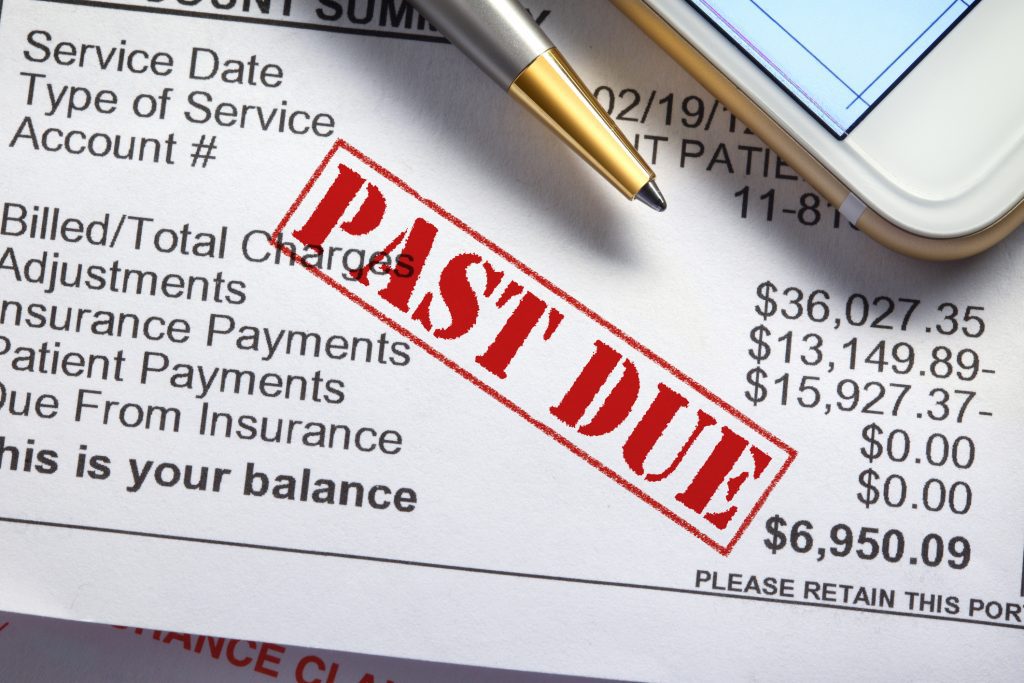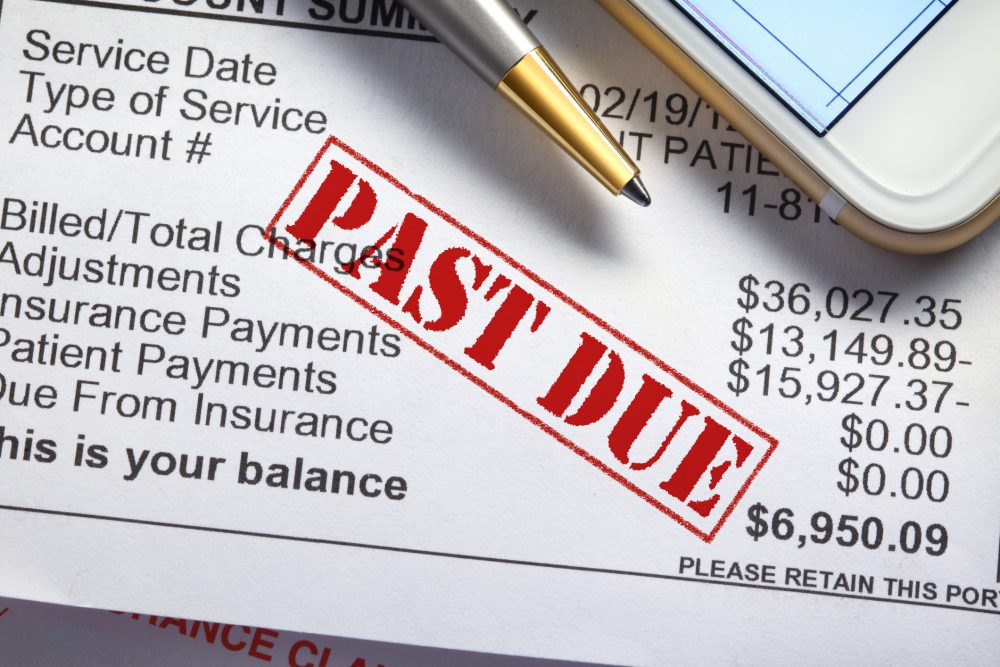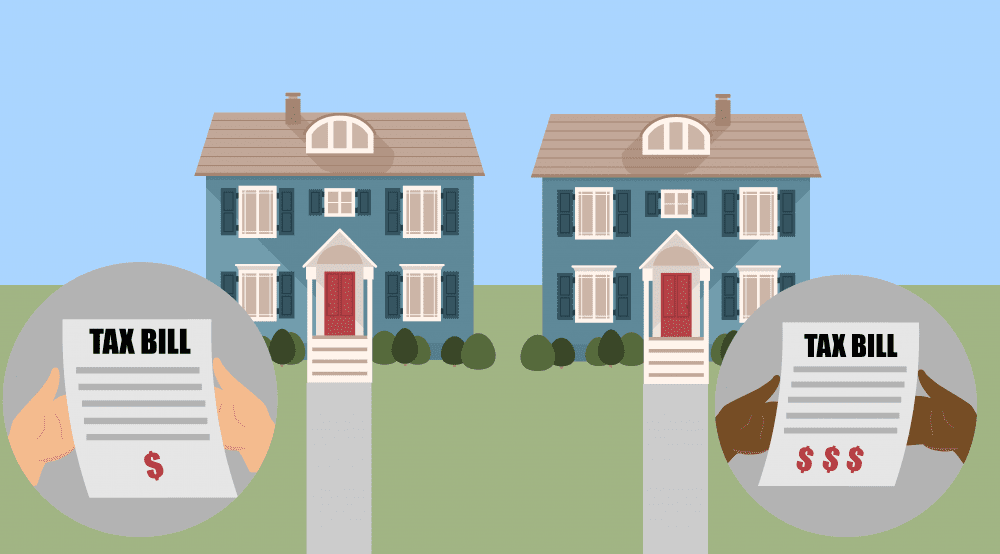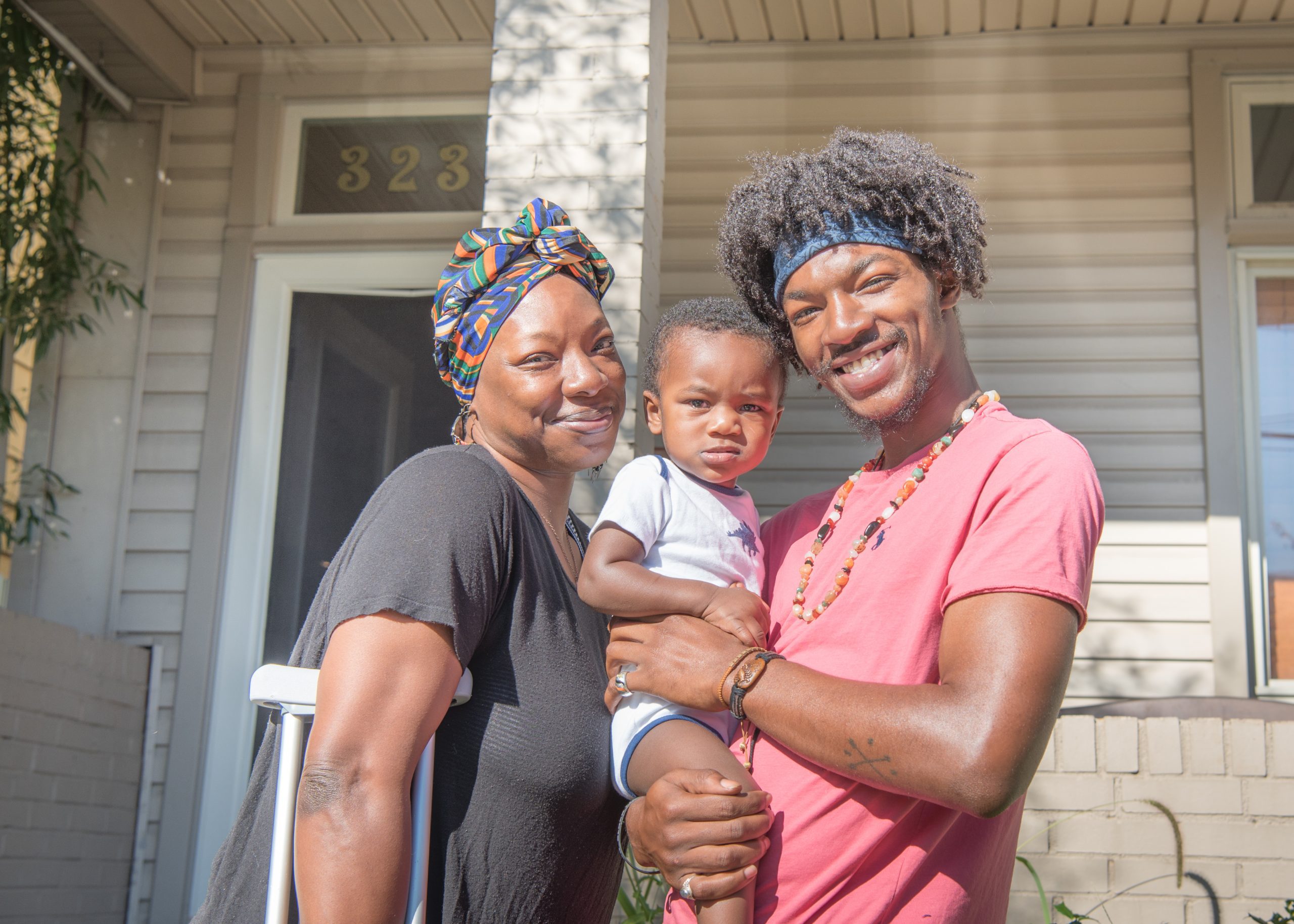This article is part of the Under the Lens series
The Racial Wealth Gap—Moving to Systemic Solutions

Photo by iStock user DNY59
Whether they’re managing a longtime illness or recovering from a medical issue that required a visit to the hospital, millions of Americans face a similar situation: exorbitantly high medical bills. And with each passing day, it’s getting harder and harder for them to financially bounce back.
With over $140 billion in past-due medical bills reported on credit files in the U.S., medical debt remains an enormous impediment for Americans looking to build wealth and find financial security, or even to stay afloat.
Communities of color are disproportionately affected by this situation. Census data from 2020 shows that 28 percent of Black households and 21.7 percent of Latinx households carry medical debt, compared to 17 percent of white households. While the average amount of debt in collection is comparable (median of $727 in communities of color versus $668 in white communities), the burden of that debt is higher in communities of color, which are often underpaid and underinsured. COVID-19 hitting communities of color harder will likely make these numbers worse.
And with more than 66 percent of bankruptcies in the U.S. tied to medical issues, the cost of health care and mounting medical debt is perpetually keeping people of color from accessing mortgages or building the assets that can help them build generational wealth.
“If you dig into so many community conditions, health is connected to so many avenues of life,” says Sarika Abbi, the associate director of financial security benefits innovation at the Aspen Institute, and co-author of the study Medical Debt and Its Impact on Health and Wealth: What Philanthropy Can Do to Help. “We’ve had centuries of racist policies that have profound impacts in POC [people of color] communities. It affects where someone lives, their education or employment, and their wealth. We know that when people are sitting on medical debt it impacts their ability to build wealth and depletes their assets.”
Why Medical Debt Is Incurred
Black and Latinx people often put off medical care because they have deep mistrust of the health system and a fear that they might not be able to afford it, says Berneta L. Haynes, a law and policy consultant at the National Consumer Law Center.
“They avoid health care to avoid medical debt,” says Haynes. And yet, the resulting “heavier health impacts may lead to more medical debt and create a vicious cycle.”
Black and Brown households are also far more likely to not have health insurance, or to have insurance that limits coverage significantly. According to the Aspen Institute study, Black non-elderly adults are 1.5 times more likely, and Latinx and Native American non-elderly adults are 2.5 times more likely to be uninsured than non-elderly white adults. With less access to insurance, people of color are more likely to face higher medical costs and challenges paying their medical bills. Occupational segregation and discrimination in hiring are factors in unequal access to good insurance, says Abbi.
Erika Leos, a financial wellness program manager at the Prosper Centers, which serves low-income folks looking for ways to build wealth, says the inequities don’t simply turn on whether people have health care coverage, but on the type of coverage they’re able to access.
“Studies show that 90 percent of adults with medical debt in collections do have coverage,” Leos says. “It’s not always a matter of [not] having insurance but having insurance that doesn’t cover enough of their costs and needs. They’re still left with medical debt they can’t pay.”
According to Leos, the Affordable Care Act (ACA) played a role in exacerbating the issue. While more people were able to access health insurance, many had trouble understanding the coverage itself. “The ACA created a lot of newly insured people, but had a very steep learning curve,” says Leos. “Many got it, didn’t understand the coverage, and were left with big bills. Also, the more coverage you get, the more you pay in premiums, and that can become unaffordable.”
Haynes is seeing the same trend. “Nationally, an increasing portion of medical debt is held by individuals who have insurance with high copays, deductibles, [co]-insurance,” she says.
April Kuehnhoff, Haynes’ colleague at the National Consumer Law Center, says that most of the time out-of-network billing is to blame for charges that wind up turning into medical debt. “Networks are often so narrow that patients are forced to go out-of-network, even when they’ve gone to a hospital provider that is supposedly in-network,” she says. “They think they’re in-network and are not.”
[RELATED ARTICLE: Rural Hospital Struggles Are Also an Economic Development Issue]
In fact, a recent study from Yale University showed that if out-of-network billing were eliminated, patient spending would be reduced by $40 billion annually.
While there are options like charity care, which provides free or discounted heath care, and temporary free clinics, which offer no-cost and sliding scale payments for care, affordable programs aren’t offered everywhere. And when they are offered, there are issues surrounding who can access those programs. For instance, often patients don’t know they could access charity care, and if they do, they sometimes don’t qualify for the program due to absurdly low-income thresholds.
“When it comes to housing, lenders are using a scoring system that treats medical debt differently and puts much less weight on [it when determining] credit worthiness,” says Abbi. But less weight isn’t no weight. “Medical debt will impact your score and could impact your ability to receive a loan or what the terms of that loan are.” Because it increases your debt-to-income ratio and can lower credit scores, it’s not uncommon for the presence of medical debt to increase interest rates and the cost of mortgage insurance making it more expensive to buy a house.
Solutions to Close the Gap
There are both public and philanthropic efforts underway to address the inequities of medical debt. Some address prevention, others kick in after medical debt has been incurred.
One of the policy solutions many researchers tout is the No Surprises Act, which took effect on Jan. 1. The act is intended to eliminate surprise out-of-network billing. Under its provisions, if you go to an in-network hospital and are treated by a provider who isn’t in-network, you must either be billed at an in-network cost or you must acknowledge in writing that the other provider is not in network. It’s designed to allow patients to make more informed decisions when they go to hospitals. Of course, the challenge with the No Surprises Act is enforcement: if hospitals don’t follow it, it will be up to patients to file a complaint, and they may not know to do so.
Other solutions aim to directly address gaps in insurance and educate consumers about how their insurance works. For example, Leos’s work with Prosper Centers focuses on providing financial education and training. Prosper Centers are also helping people enroll in marketplace health coverage.
Abbi also points to programs designed to prevent medical debt by helping people manage their medical bills—or even doing it for them. “These programs can help them understand what’s in their bills, the high prevalence of mistakes in bills, and help patients negotiate the costs,” she says. Abbi references Medput, an employee benefit that pays unpaid medical bills upfront for employees and allows them to repay in installments with no interest via paycheck deductions. Medput will first check for mistakes and negotiate reductions on behalf of employees. A study by Washington University in St. Louis found that one-third of cases where employees opted into the program resulted in reduced charges. Such a program, however, will only increase equity if it is at least equally accessible to workers of color, and given occupational segregation that seems currently unlikely.
Other solutions are designed to deal with the debt once it’s been incurred. RIP Medical Debt uses donor funds to abolish medical debt by working with hospitals to purchase and forgive debt portfolios for individuals who are in or near poverty. Because that debt still has a negative impact on credit scores, even once paid, RIP MD also works with recipients to help them repair their credit reports. An online dispute resolution program being piloted in Hamilton County in Ohio allows debtors to negotiate through a mediator online to shrink default judgments without ever having to set foot in a courtroom.
Ultimately, though, getting rid of the disproportionate amount of medical debt in communities of color lies not in piecemeal strategies but in rethinking how the health industry works overall. The Brookings Institution has recommended separating health insurance from employment, holding nonprofit hospitals accountable for providing community services, and building a better system to collect data to fully understand the nation’s medical debt problem.
Abbi aptly notes that one simple and globally common policy would end this conversation—and the existence of medical debt—entirely.
“A real policy solution,” she says, “would provide health care access to all.”
|
Help keep us strong by becoming a Shelterforce supporter. |






It is foolish to discuss solutions to medical debt without even mentioning Medicare For All.